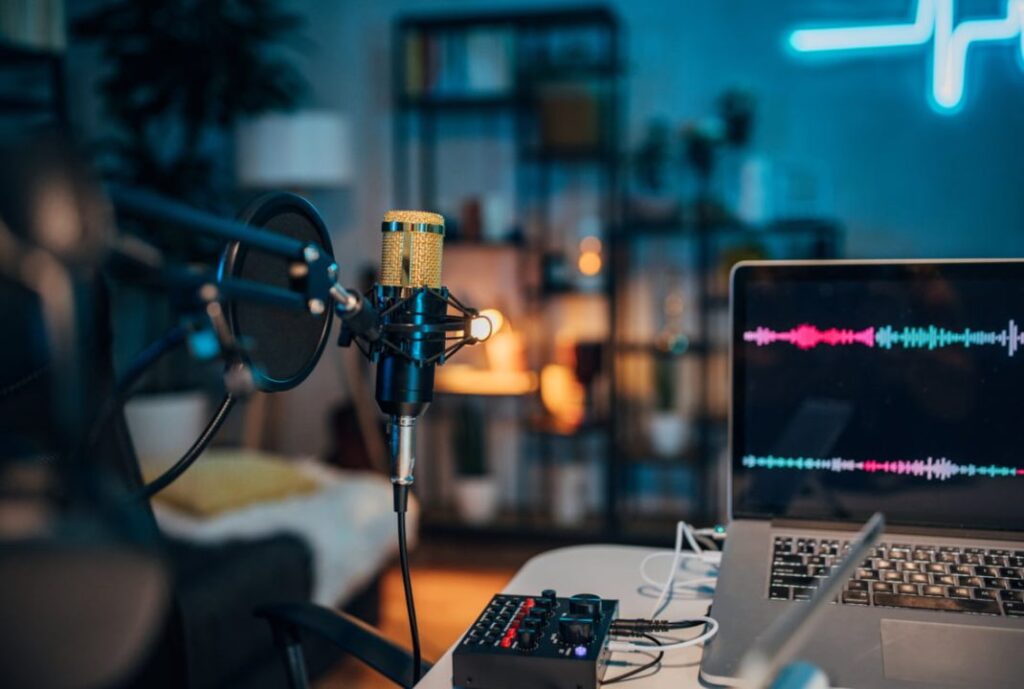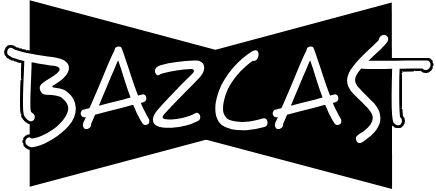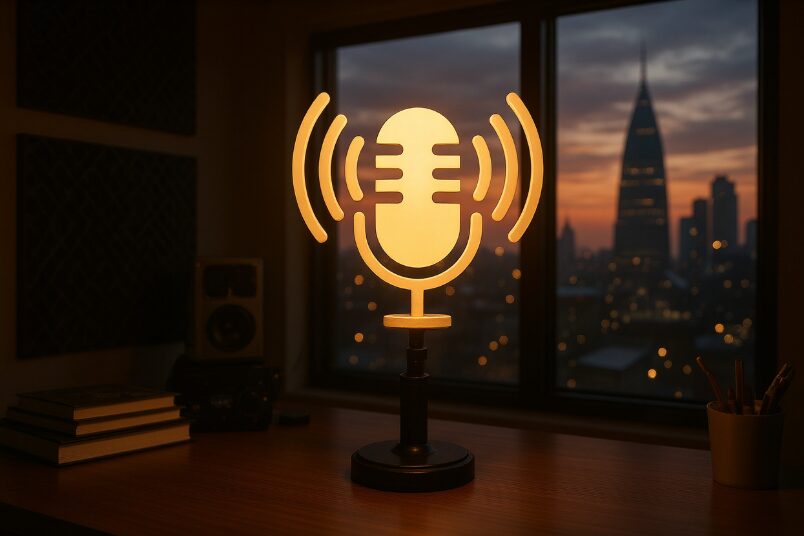The Art of Interviewing: Lessons from BazCast
“People don’t want to hear your questions—they want to feel heard.”
That’s a lesson I keep learning on every BazCast episode.
As we grow, the interviews aren’t just about extracting stories — they’re about creating a space where people feel safe to reveal truths, surprises, and the parts of themselves they usually reserve.
🎙️ What interviewing has taught us at BazCast
Lesson 1: Silence is your untold question
In early episodes, I rushed to fill quiet gaps — “So… and then?” — but real insight often lies buried in pauses. Let your guest breathe. Let them riff. The real answer may emerge when you stop asking.
Lesson 2: Curiosity > Checklist
It’s tempting to script every question. But the most revealing moments come when you veer off the plan. If something curious or human arises, follow it. Don’t stay rigid. Let the conversation lead you.
Lesson 3: Vulnerability is permission
When I’ve shared a doubt, a failure, or an awkward moment, guests often respond with something deeper. It’s not about oversharing for shock — it’s about modeling that it’s okay to be real.
Lesson 4: Stories over stats
Yes, your guest may be a standout athlete or a high-achiever. But the moments I care most about aren’t about wins or trophies — they’re about fear, loss, turning points. Ask: When did you almost quit? What kept you going?
Lesson 5: The end is the beginning
Often people wrap up their answer as soon as they think the question is “answered.” Wait. Ask, “And then what?” or “Tell me more.” Sometimes the most potent truth comes after the perceived conclusion.
Closing thoughts / what I hope for BazCast interviews
Interviewing isn’t about control — it’s about trust. It’s about entering a human space and walking beside someone for 30–60 minutes, coaxing out what they already carry inside but rarely share. Every episode is a chance to show that media can be empathetic, thoughtful, and connective.
If you’re a budding podcaster, or a curious listener, try this next time you talk:
- Pause more than you think comfortable
- Ask one “weird” or unexpected question
- Let your guest finish, then say, “I actually want to hear more about that”
And to listeners: hear the nuance, listen between the words. That’s where the real story lies..








